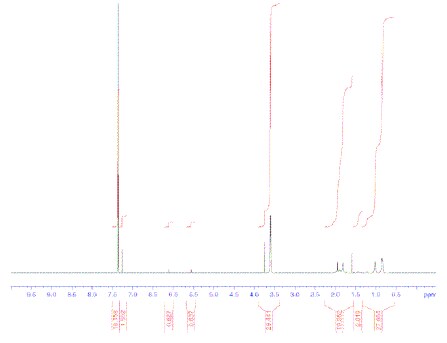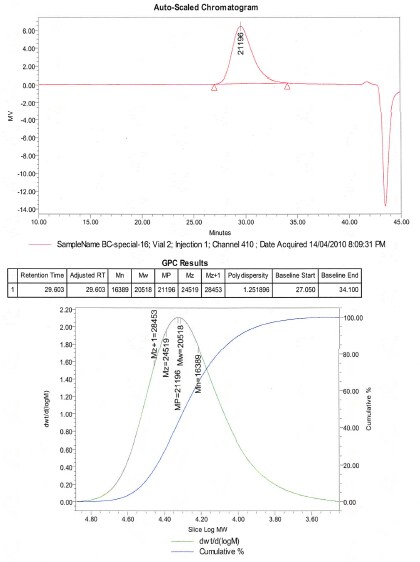RAFT Polymerization Procedures
What is RAFT?
RAFT (Reversible Addition-Fragmentation chain Transfer) is a form of living radical polymerization involving conventional free radical polymerization of a substituted monomer in the presence of a suitable chain transfer (RAFT) reagent. Use of the appropriate RAFT agent and polymerization conditions allows for the synthesis of polymers with low PDI and high functionality.
Reagents
Precautions and Disclaimer
These products are for R&D use only, not for drug, household, or other uses. Please consult the Safety Data Sheet for information regarding hazards and safe handling practices.
Storage/Stability
723274 - Store the product at –20 °C and keep tightly closed. The product is light sensitive.
722995 and 723037 - Store the products at 2–8 °C and keep tightly closed.
722987, 723002, 723010, and 723029 - Store the products at 2–8 °C and keep tightly closed. The products are light sensitive.
Procedures
Procedures of RAFT polymerization as performed by researchers at CSIRO.
Methyl Methacrylate Polymerization
Uses methyl methacrylate (MMA, Catalog Number M55909) as the monomer, AIBN (Catalog Number 441090) as the initiator, and a RAFT agent (Catalog Number 722987 or 723274).
- Prepare stock solution of methyl methacrylate (15 mL, 0.14 mol) and AIBN (20.1 mg, 0.122 mmol) in 5 mL of benzene.
- Aliquot 2 mL samples of stock solution into ampules containing Catalog Number 722987 (12.3 mg, 0.056 mmol) or Catalog Number 723274 (22.5 mg, 0.056 mmol). Note: Other glassware suitable for handling air sensitive reactions, such as a schlenk reaction tube (Catalog Number Z515981), may be used as an alternative to a sealed ampule.
- De-gas contents of ampules by three repeated freeze-evacuate-thaw cycles (0.05 mmHg) and seal under vacuum.
- Polymerize by placing sealed ampule in heated oil bath (60 °C) for 15 hours.
Researchers at CSIRO have tested select RAFT agents in the polymerization of methyl methacrylate and analyzed the resulting polymers. The data are presented in Table 1.

Figure 1.NMR of poly(methyl methacrylate) polymerized for 15 hours using Catalog Number 722987 as a RAFT agent
Vinyl Acetate Polymerization
Uses vinyl acetate (Catalog Number V1503) as the monomer, AIBN (Catalog Number 441090) as the initiator, and a RAFT agent (Catalog Number 723002).
- Prepare solution of vinyl acetate (2.0 mL, 23.23 mmol), AIBN (2.0 mg, 0.012 mmol), and Catalog Number 723002 (26.64 mg, 0.12 mmol) in an ampule. Note: Other glassware suitable for handling air sensitive reactions, such as a schlenk reaction tube (Catalog Number Z515981), may be used as an alternative to a sealed ampule.
- De-gas contents of the ampule by three repeated freeze-evacuate-thaw cycles (0.05 mm Hg) and seal under vacuum.
- Polymerize by placing sealed ampule in heated oil bath (60 °C) for 16 hours.
Researchers at CSIRO have tested select RAFT agents in the polymerization of vinyl acetate and analyzed the resulting polymer. The data are presented in Table 2.

Figure 2.GPC analysis of poly(vinyl acetate) polymerized for 16 hours using Catalog Number 723002 as a RAFT agent
Patents WO98/01478 and WO99/311444
如要继续阅读,请登录或创建帐户。
暂无帐户?